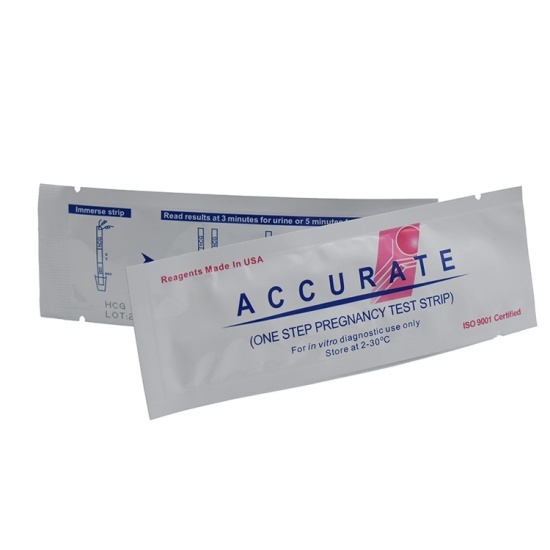Description
Pregnancy strips, also known as home pregnancy tests, are simple devices used to determine if a woman is pregnant. They work by detecting the presence of the hormone human chorionic gonadotropin (hCG) in urine, which is produced shortly after a fertilized egg attaches to the uterine lining.
How They Work:
- Hormone Detection: After conception, the body starts producing hCG. Pregnancy tests are designed to detect this hormone.
- Usage:
- Collect Urine: The user collects urine, typically in a cup or directly on the test strip.
- Apply Sample: The urine is applied to the test strip or device as per the instructions provided.
- Reaction: The strip contains antibodies that react with hCG. If hCG is present, a chemical reaction occurs, leading to a visible change (usually a colored line).
- Results Interpretation:
- Positive Result: Usually indicated by two lines (one for control and one for the test).
- Negative Result: Typically shown by one line (control line only).
- Invalid Result: No lines or unclear results may indicate a problem with the test.






Reviews
There are no reviews yet.